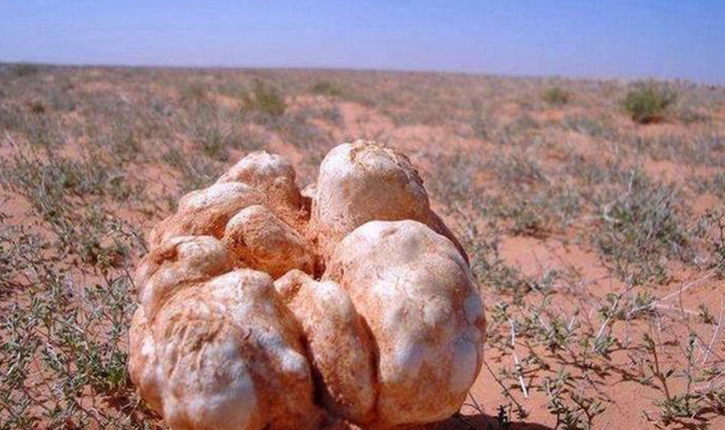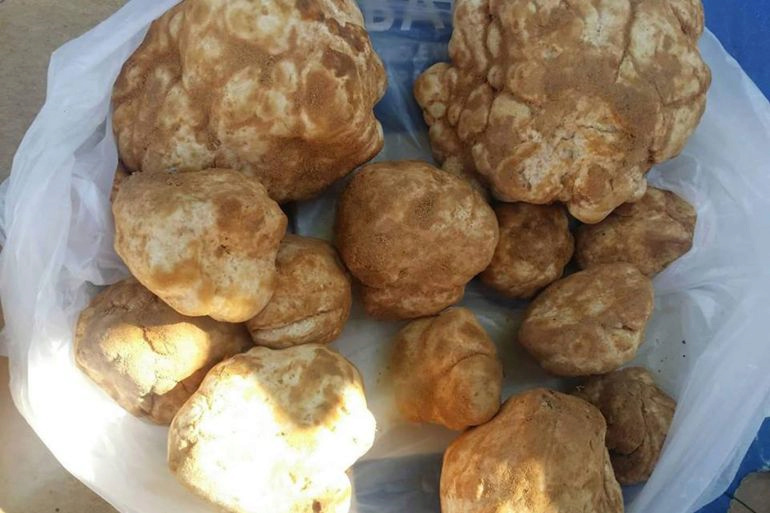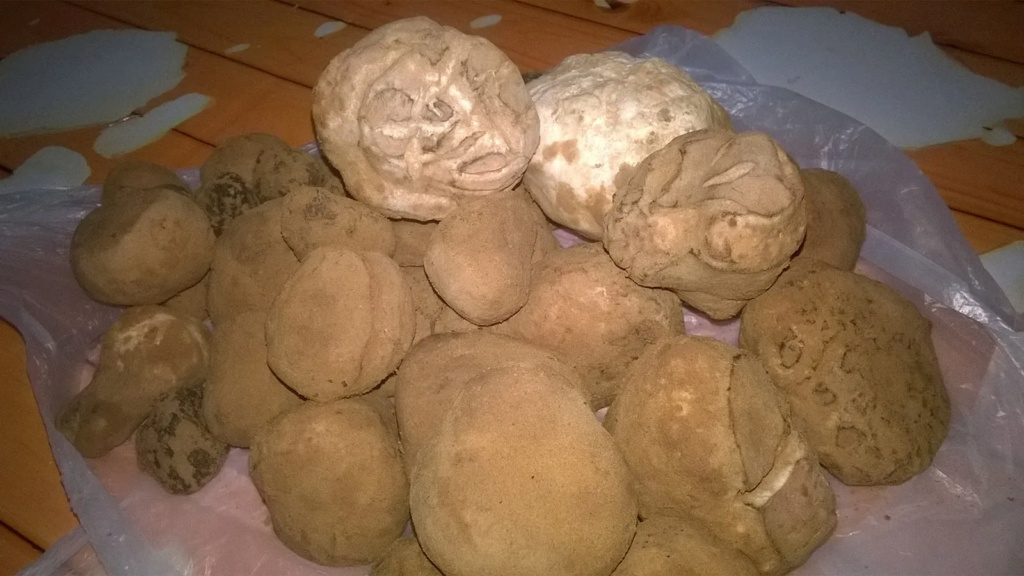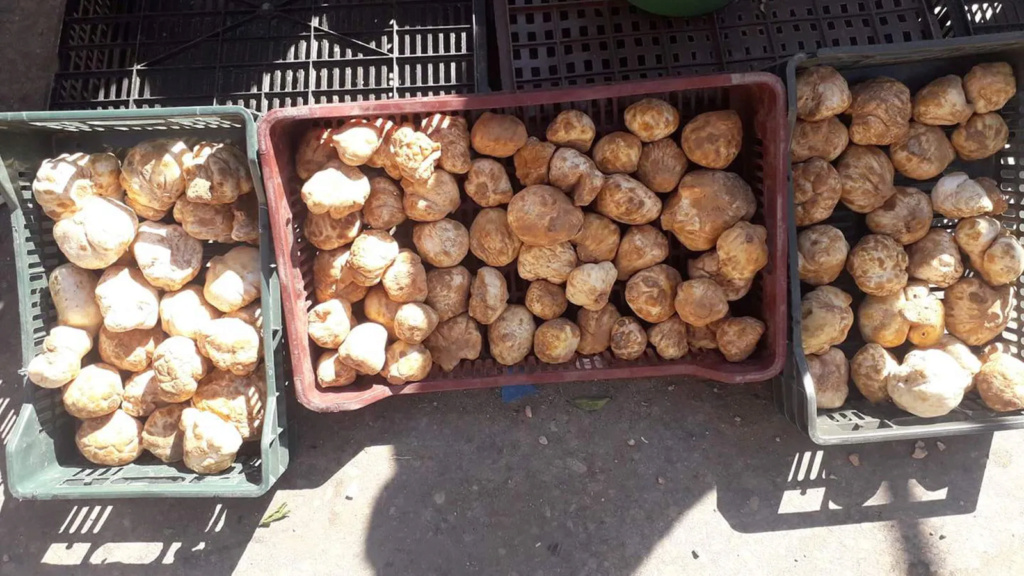Desert gold in southern Tunisia... truffles invade global markets

The menus of many luxury restaurants include expensive dishes containing truffles or truffles. Today, this type of mushroom revitalizes part of southern Tunisia.
Truffles ripen during the winter, especially after rain. In the regions of southern Tunisia, it has become the main concern of the residents of the region.

Truffles are also found in abundance in other North African countries, and their name varies from one country to another. In Tunisia, Libya, Algeria, and Morocco, they are called “truffles,” in Sudan “bint al-raad,” and in some Arab Gulf countries “faqa” or “truffles.”
Truffles are eaten after being cooked in water and salt after being cleaned of dirt. It can also be cooked with some foods such as pasta, couscous, and soup, and there are those who grill it over a fire.

Several cities in southern Tunisia, such as Dhiba, Tataouine, Medenine and Ben Guerdane, witnessed a qualitative recovery due to truffles, which are called “desert gold” and “an elegant plant.” They are a type of rare and expensive wild mushroom that usually appears in the first three months of the year. General. The appearance of this type of mushroom represents a source of joy for the population, as it is a source of livelihood for the simple and the poor, and contributes to securing the livelihood of many unemployed people.

The shape of truffles somewhat resembles a potato, while its color tends to be either white or red, according to the color of the soil in which it grows. It is collected from the slopes of mountains, plains, pastures, and from some sandy areas, such as the Jaffara plain, Al-Wara, and Al-Zahir in the state of Medenine. The residents of southern Tunisia have gained experience and skill in “excavating” truffles that are buried in the ground, and rarely does a part of it appear on the surface. They may travel 15 or 20 kilometers to search for it, before selling it in the weekly or daily markets.

It is noteworthy that the truffles collected in the region have become in demand at the international level due to their quality and variety, and are usually used as a treatment for the eyes or to make cosmetics, in addition to being used in preparing several dishes. He attended several exhibitions in European countries such as Germany and Italy.
"Terfas" has become a source of livelihood for the people of the south-eastern part of the country, as a large number of the region's residents depend on it to save money, so they go out to collect it and sell it in regular markets or their own markets after many Tunisian and foreign merchants bought it and exported it to Europe and some Gulf countries.

Health benefits
“Truffle” has many benefits that medicine has discovered, which has made its price very high and in demand in Western and Arab countries. It is sold at high prices, reaching 120 dinars ($41) per kilogram at the beginning of the season, then it gradually decreases as it increases.
“Trefas” has many benefits, and they used to treat “turfas” for vision loss and ophthalmia, and with its water.
The eye is cleared and sight is strengthened.
"Truffle" is also used to treat osteoporosis and rapid breakage of bones and nails, as it contains a large amount of protein and minerals necessary for health, activity, and growth, including potassium, calcium, phosphorus, iron, zinc, and copper.
Source: websites

